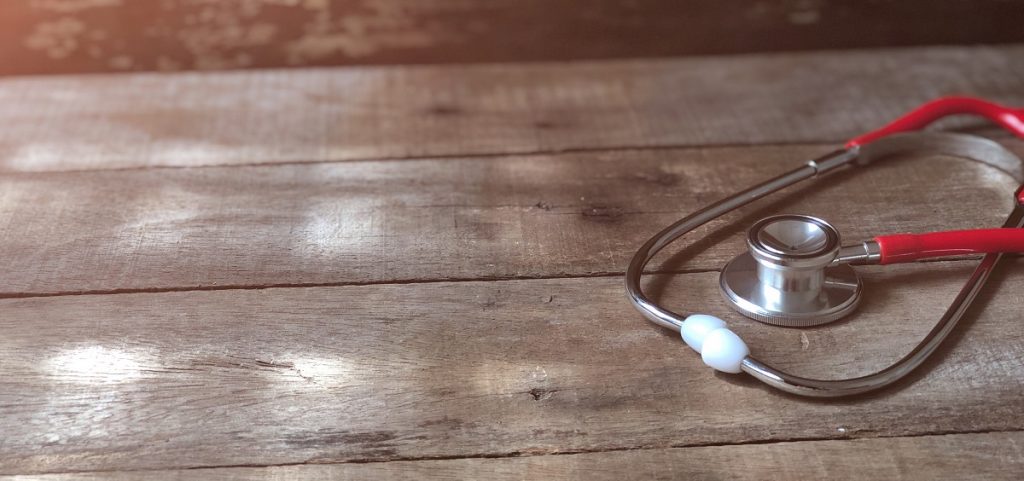Dr. Michael Londner:
If you want someone to come to the hospital, you have probably got to get them here. If you’re going to put them on dialysis, and they can’t go, you might as well not write the prescription.
If you’re going to give them $700 worth of antibiotics or hypertensive medicine, just realize they’re going to throw it away, because they can’t afford it. I felt like places I had been in the world doing disaster work were better off than certain people who lived here.
A certain percentage of my people don’t have indoor plumbing still. Access to power in certain regions here is still not 100 percent available. There’s a lot of places that we have ambulances go into, and they show up here, and they’re like, I don’t know if they’re going to have a medical problem, but you can’t send them back to that. And you’re like, to what?
And they will show you pictures of, they’re living in a place that is rat-infested. There’s raccoons inside the house. There’s feces everywhere. Like, this is where they live. And this is the best they can do.


